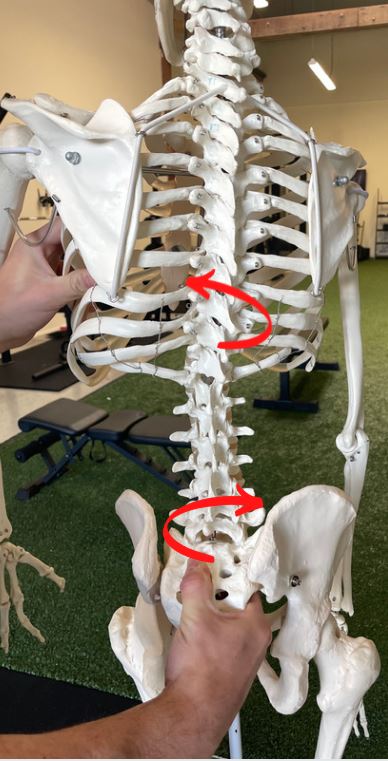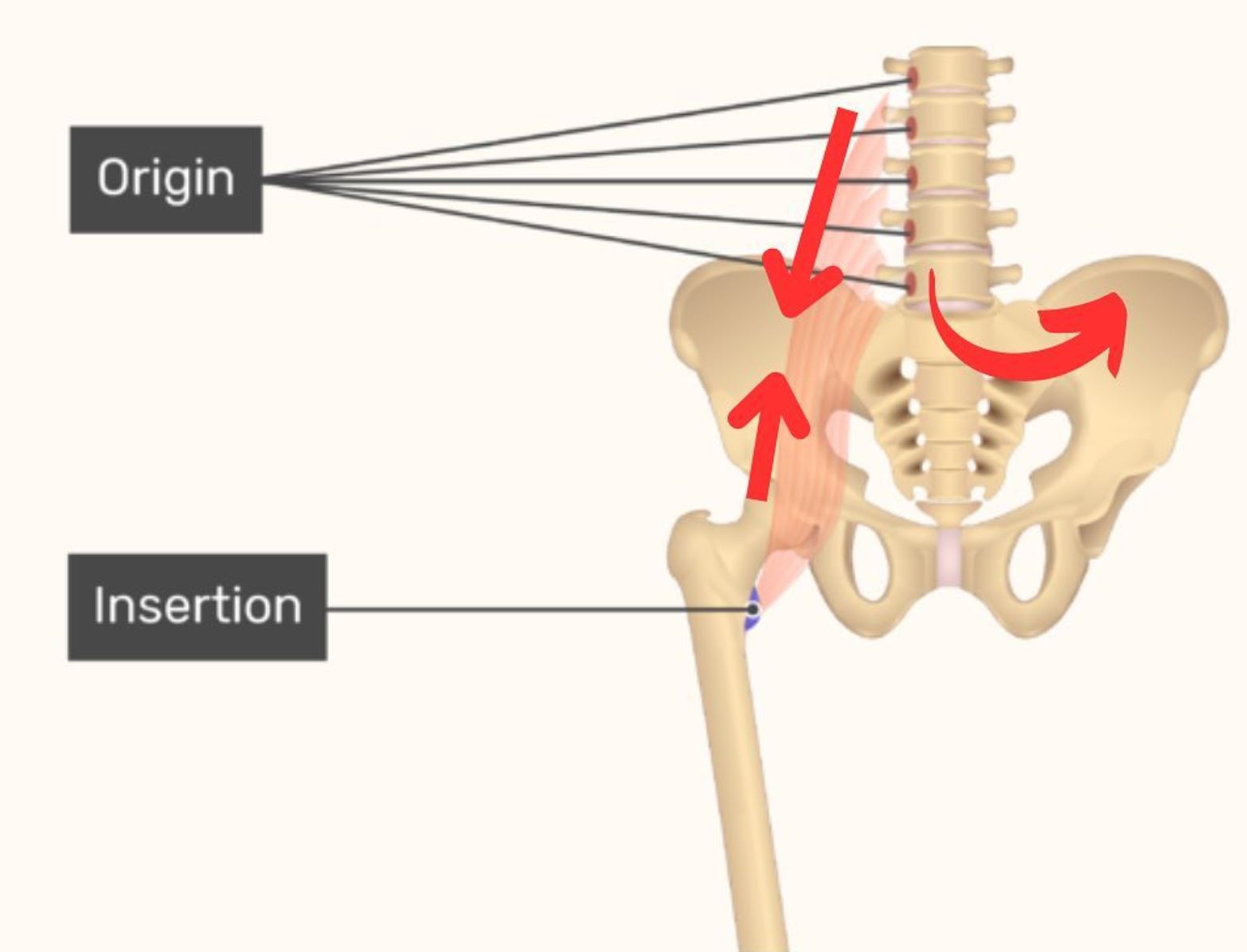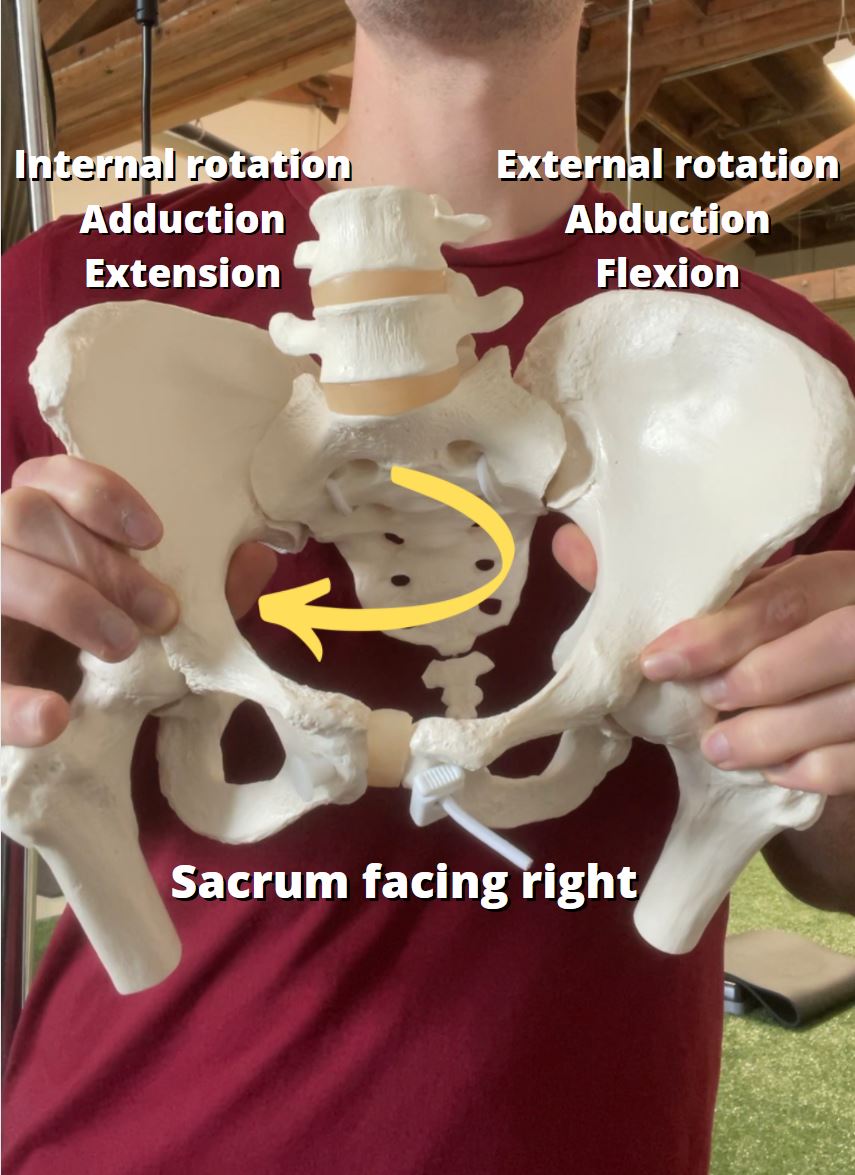What To Do When Your Hip Flexors Are Tight Only On One Side
May 01, 2023
There's lots of information on the internet on what to do if your hip flexors are tight.
But a whole lot less when it comes to the implications and solutions when the issues are only on one side.
In this article I'm going to discuss:
- Why hip flexors get tight only on one side
- What it means if you have tightness only on one side
- How to fix the root cause of the issue
It's important to consider that perception of tightness can occur for so many different reasons. A muscle can feel "tight" because:
- It's too short
- It's too lengthened and stretched out
- It's weak
- It's overactive
So really there are a lot of things that could be going on here. I will be addressing the most common reasons I see people experience tightness on one side relative to the other. Just keep in mind this isn't always the case.
Why hip flexors get tight on one side
It's important to first recognize that the body is inherently and naturally asymmetrical, which can lead to asymmetrical tightness in hip flexors.
There is a predictable rightward orientation and sidebend of the spine which is supported by research:
- This study found that there is a normal rightward orientation of the human spine
- This study foudn that there is a normal right side-bend in the human spine
The resultant outcome of this is what we refer to as the Left AIC pattern. You can learn the nitty-gritty details here, but to summarize:
- Our spine is oriented to the right
- Our pelvis is more forward on the left and externally rotated
- The pelvis is more internally rotated on the right side

Because the pelvis is more forward on the left, this predisposes the left hip flexors to being more "shortened" than the right.
This doesn't mean that they will for sure cause problems. It's just a bias.
But if you do feel more tight on the left, this very likely has something to do with it.
My Beginner Body Restoration program has a lot of exercises that help address this pattern and also these root causes of tight hip flexors.
If your hip flexors are more tight on the right, I'll address that later in this article.
The consequences of hip flexor tightness only on one side
The main hip flexor, the Psoas, attaches on the lumbar spine and the femur. When it contracts via the attachment on the lumbar spine, it actually turns the spine towards the opposite direction:
When the attachment at the femur contracts, it externally rotates the femur and pulls the pelvis forward.
This makes perfect sense in the context of how the left hip flexors tend to get more tight than the right because the left hip is more externally rotated, forward, and the spine is turned right.
Solutions for a tight left hip flexor issue
If you want to help resolve tightness in your left hip flexor, we want to help improve the ability to give the left side what it lacks. Remember, the left side tends to be:
- More forward (anteriorly tilted)
- More externally rotated
- Spine facing away from it
Therefore, we want to facilitate the ability to access the inverse:
- Pull it back (posteriorly rotate)
- Improve internal rotation
- Turn the spine left
We can do that by putting the left hip in a position of 90 degrees of hip and knee bend, which biases internal rotation. The muscles that help us shift into internal rotation are:
- Adductors
- Hamstrings
- Obliques
- Glute Med
Here are two exercises that can help with that:
Now what if your right hip flexor is tight?
Keeping in mind that I will be addressing the most common reasons (but not all possible explanations), it's usually for one of the following reasons:
1.) You're "pulling" yourself forward with your right hip flexor
Remember how we tend to be shifted towards the right side and biased towards and internally rotated position? In this context, the right glute max tends to be underactive and struggles to push us from right-to-left as we walk.
We can be using our hip flexors instead as a compensation to "pull" us forward. So we want to educate the right glute to push us from internal rotation to external rotation and help us turn left.
Here are two exercises that can help with that:
2. You're actually shifted to the left, not right
In this case, you have the reverse of the traditional pattern, which can and does happen.
I would try the exercises in the first section flipped and do them on the opposite side as shown in the demonstrations. If you are looking for a deeper dive, check out this article on assessing and addressing postural asymmetries. It's some of my best content.
If you want more free high-quality content to help you move better, improve your posture, and feel better, sign up for my free newsletter here:
Don’t miss out on free education
Join our email list to receive exclusive content on how to feel & move better.




